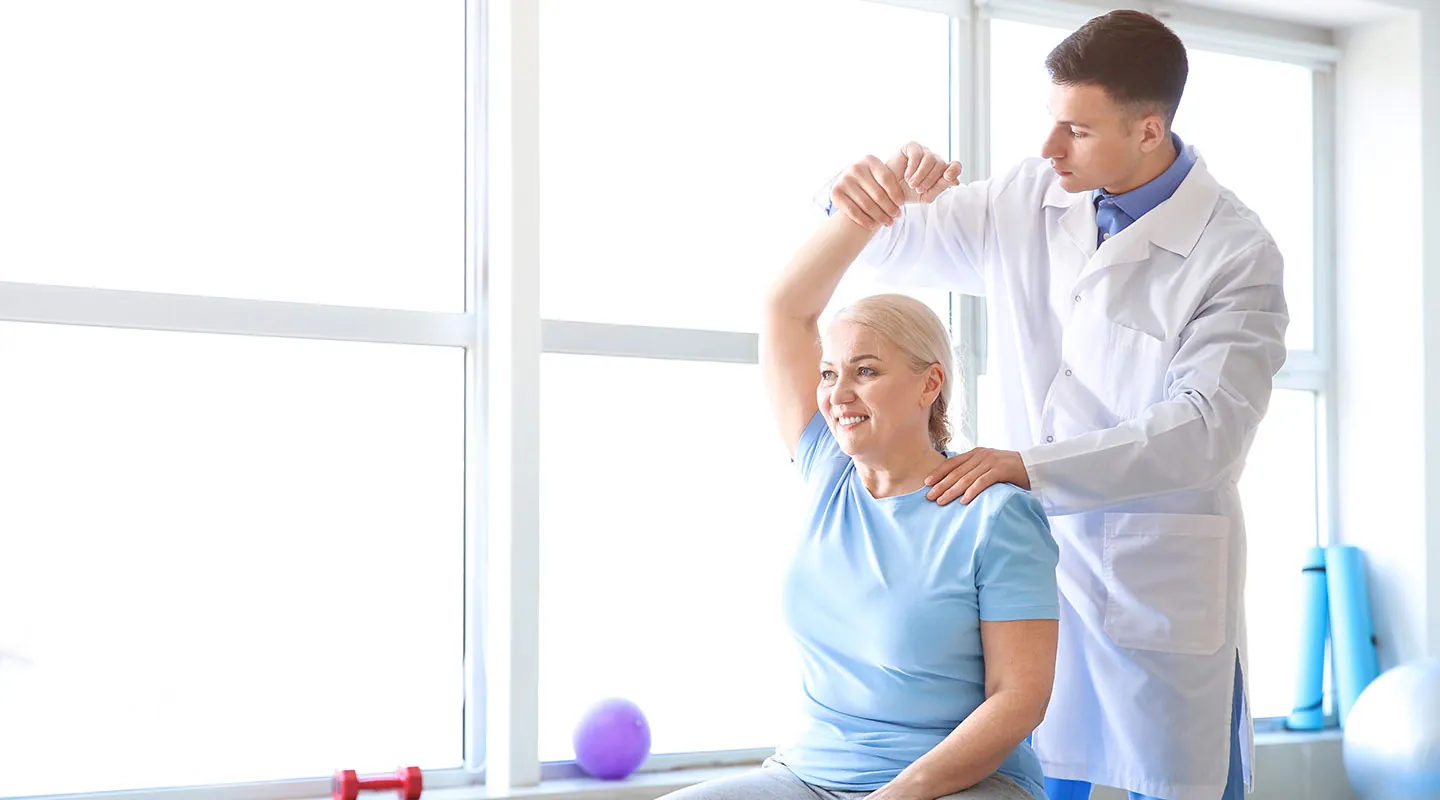Soft Tissue MobilizationIn Portland & Surrounding Cities
Instrument Assisted Soft Tissue Mobilization (IASTM) treatment is an innovative technique proven to effectively treat injuries caused by surgery, repetition, or overuse.
Rather than just treating the symptoms, our certified IASTM clinicians find the source of the injury and use ergonomically designed instruments to directly treat unhealthy soft tissue and initiate the healing process. ProActive has certified IASTM clinicians at all of our locations.
Soft tissue mobilization is a form of manual physical therapy where your licensed physical therapist uses hands-on techniques on your muscles, ligaments and fascia with the goal of breaking adhesions and optimizing your muscle function.
Adhesions are your body’s attempt to heal a soft tissue injury with a lengthy inflammation process, resulting in long strands of collagenous scar tissue. These new tissues pull against one another, forming trigger points of pain.
Goals of Soft Tissue Mobilization
- Break down or reduce adhesions
- Improve range of motion
- Lengthen muscles and tendons
- Reduce swelling and edema
- Decrease pain
- Restore functionality
Soft Tissue Mobilization Techniques
Your licensed PT is specially trained to use his or her hands to push, pull and knead your muscles, ligaments, tendons and nerves in precise ways to help bring you pain relief and return you to functionality.
Specific techniques for soft tissue mobilization include:
- Sustained pressure – pushing directly on the restricted tissue and holding
- Unlocking spiral – pushing on the restricted tissue in alternating clockwise and counterclockwise rotating motions
- Direct oscillations – rhythmic pushing on the restricted tissue
- Perpendicular mobilization – pushing on the myofascial tissue at right angles
- Parallel mobilization – pushing along the seams of muscles
- Perpendicular strumming – rhythmic pushing along muscle border, followed by rubber of top of muscle
- Friction massage – pushing across the grain of the muscles, tendons and ligaments
Soft tissue mobilization can help relieve pain and improve function. To help achieve optimal results with soft tissue mobilization, we encourage you to:
- Do your home exercises faithfully
- Maintain a normal body weight
- Get regular aerobic exercise
- Engage in weight training, as directed by your physician
Being able to implement soft tissue mobilization techniques requires a significant amount of training in human anatomy and physiology and understand how manipulating the tissues will impact physical function. Physical therapists specialize in evaluation, assessment and treatment of movement function disorders. Soft tissue mobilization is just one of the strategies that we use to help our patients meet their functional goals.
Who benefits from IASTM treatment at ProActive PTS?
IASTM is used to treat patients with the following acute and chronic such as:
- Plantar Fasciitis
- Achilles Tendonitis
- Hamstring Strains
- Carpal Tunnel Syndrome
- IT Band Syndrome
- Shin Splints
- Shoulder Pain
- Knee Pain
- Hip Pain
- SI and Low Back Pain

